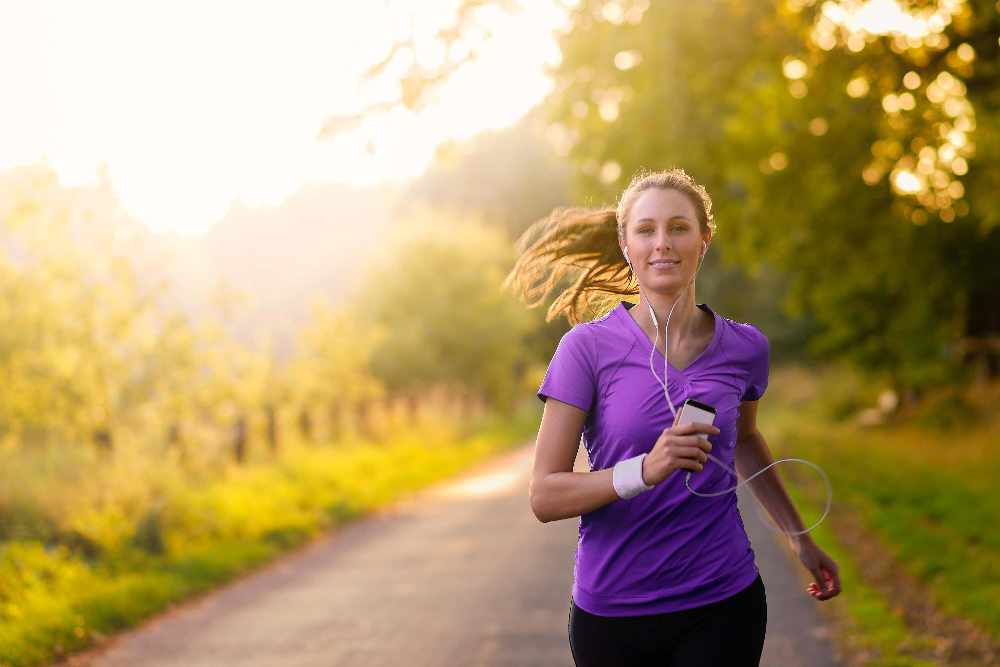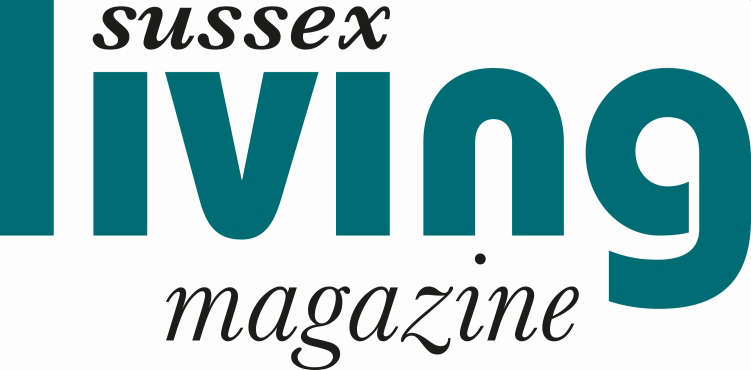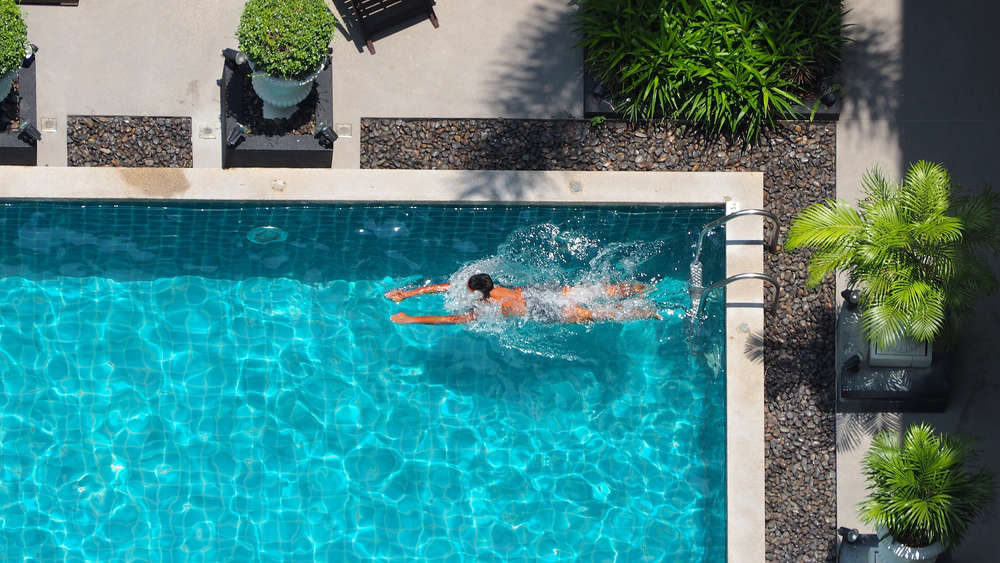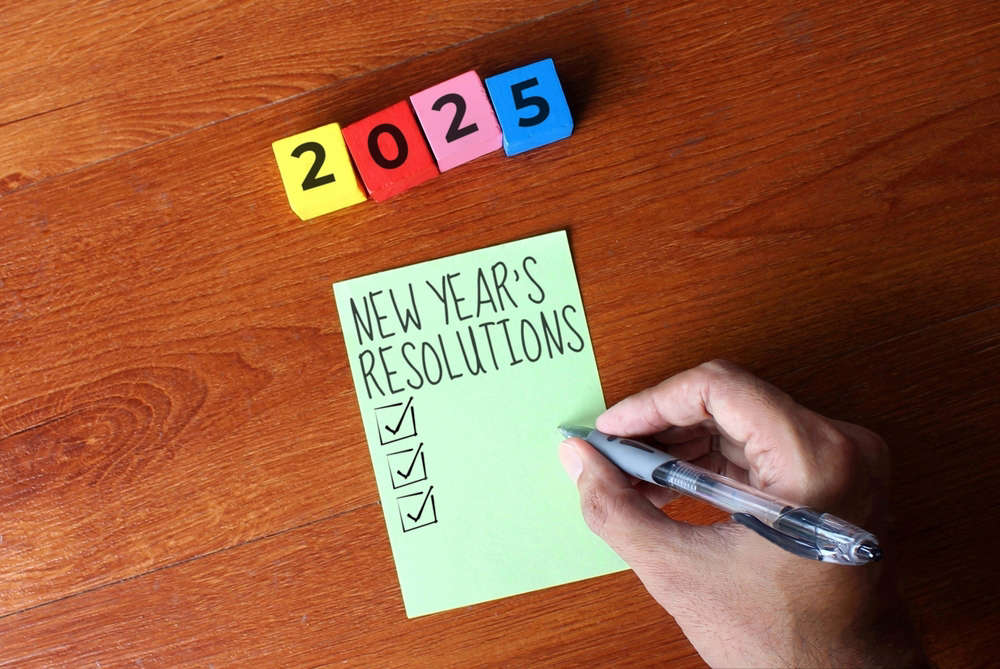
From the ‘runfulness’ effect to finding focus, we look at the links between creativity and moving your body.
A competitive runner in her youth, fitness has always been big for Anita Pace.
Now at 53, Pace – managing director of Hull-based creative comms agency, Pace Communications (pacecomms.co.uk) – may not run for medals anymore, but it helps her keep on top of her “creative game”.
“I definitely think exercising in the morning sets you up for the day. I go running every morning at 5.30am, slightly later at the weekend. I come up with my best creative ideas when I’m out running, as the solitude truly provides me with clarity of thought,” says Pace.

“I can’t listen to anything while I’m running – no podcasts, no music, even the sound of traffic annoys me – I prefer silence, to be alone with my thoughts and let creativity come to me organically.”
The ‘runfulness’ effect
Running shoe brand Brooks recently introduced the concept of ‘runfulness’ – a form of mindfulness runners can achieve that’s especially useful for bolstering creativity. In a survey Brooks carried out, nine out of 10 respondents agreed they think about new things while running, with 80% experiencing ‘transformative new ideas’.
Brooks worked with consumer neuroscientist Professor Olivier Oullier to unpick the particular elements feeding into reaching this creativity-tapping state. As well as a decrease in stress levels while out running, a few other things came up as being key: having no time pressure (ie. not having to worry about getting home at a certain time), not forcing it, along with running alone and without music (or at least, not with any music that hijacks your attention).
Perhaps because I’m relatively new to it and still building confidence, I like to run with high-tempo tunes to keep my efforts up, or a podcast on slower jogs. Exercise as a medium for unlocking ideas is definitely something I find useful though. Stomping around the park helps me flesh out storylines. And there’s something in the quiet monotony of swimming laps, staring at the bottom of the pool through foggy goggles, that puts me into plot-building mode.
Finding your focus
Coming up with ideas is just part – albeit a very crucial one – of the creative process; sitting down and getting things done is another. Could both be profoundly supported by exercise, in whichever form works for you? My very-school-disco workout playlist might not be conducive to generating ideas during my jogs or gym sessions – but those workouts definitely help me focus when I’m back at the desk, and generally maintain a level of wellbeing I quickly miss when the routine drops.
For London-based visual artist Christian Azolan (christianazolan.co.uk), it’s also about this double-whammy effect. “When I exercise, it gives me a chance to really think about my current and future art projects,” says Azolan. “I use it to come up with new ideas.”
Pre-pandemic, he and his partner Konrad would normally go to the gym; Konrad would swim while Azolan did weights and running. When gyms closed over lockdown, long walks were switched in – and these have been a vital part of Azolan’s routine, both for that space to think and for maintaining balance and motivation.

“I do believe this idea of healthy body, healthy mind,” says Azolan. “I think exercise makes you less prone to depression and feeling fatigued etc, plus on days when I exercise, I sleep a lot better and I wake up at a decent time. Exercise also gives me a routine – as a full-time artist I don’t have a nine-to-five job, so having that structure helps.
“I find if I fall off my routine, that affects how I approach things, and my mood, which goes on to affect my work. I focus less and get tired quickly. Exercise helps with my energy levels a lot, to keep me creative and creating.”
Boosting that brain buzz
The benefits of exercise and movement – whatever that looks like for you – often speak strongly enough for themselves. But lots of researchers have delved into the physiology behind them, which largely involve the same processes, whether we’re talking about creativity or mental wellbeing in general.
It’s all about neurotransmitters, explains Lou Campbell, a counselling psychotherapist, sleep therapist and mindfulness teacher who works with a lot of creative clients (mindfulnessintheworkplace.org) – the “chemical messengers” that can buzz around our systems and “pass messages between nerve cells”.
Exercise is a powerful way to channel them. “Especially serotonin, which is responsible for energy, feelings of connection and contentment, and we can stimulate our serotonin with cardio exercise – like running, walking, swimming, football, aerobics – anything that gets the heart pumping stimulates serotonin and also endorphins, which give us a feeling of mental positivity,” says Campbell.

In terms of gearing up to get into your creative flow, Campbell explains serotonin also “communicates feelings of connectedness – and that’s about being connected to others, but also to ourselves. And when we’re connected to ourselves, our mind is more fluid. Our thinking processes are more abstract, and obviously there’s a lot of abstract thought required for creativity.”
Then there’s dopamine, “which gives us feelings of pleasure, reward and achievement. It’s also very responsible for motivation and gives us a sense of mental resilience,” adds Campbell. “Exercises that stimulate dopamine are strengthening exercises – that could be weights, resistance bands, push-ups, pull-ups, planks, etc. Pilates is also very good for strengthening.”
Let there be light
Of course, many workouts combine cardio and strength – win-win – and better yet if you can get outdoors. “You’ll also benefit from daylight coming in through your eyes, which boosts the volume of serotonin in your brain,” says Campbell.

“Stretching is also a really important physical activity because when we’re stressed, it makes our muscles tense, and it’s very good to help come to a state of calm just by stretching your muscles.” So, a good stretch every hour or so, or at least every morning or night, won’t just ease tight shoulders and necks from long hours working, it could help with mood and mindset too.
If anxious energy is stifling your focus and creativity, yoga might be helpful, as it “stimulates a neurotransmitter that might help us feel calm, called Gaba”, adds Campbell.
Go with the flow
Bottom line, Campbell says exercise is “an excellent cure for creative block”. It certainly helps Pace: “Even when I’m in the office, if I’m stuck on a problem or need a spark of creativity, I take the dog for a walk to clear my mind. I have my phone with me to send myself messages or voice notes so I can capture my thoughts.”
It can be all too easy to let these habits slide, though, when work gets really busy – perhaps just when we need these neurotransmitter-boosts the most. We’ve all read reports on how people who actually take their work breaks tend to be more productive and effective overall. It’s something to keep in mind – but beating ourselves up when we don’t manage it, or we’re not having a seamless week, doesn’t help either. We’re messy humans after all, constantly learning and riding the ups and downs.
“Even though I know all this stuff, I don’t always get out to exercise,” Campbell admits. “But I do at the minimum make sure I get out and get some daylight, so even if you make sure you’re getting out for a walk, even if it’s just 20 minutes at the end of the day, that’s a really good thing to do.”

 Five Incredible Spas Around the World
Five Incredible Spas Around the World
 Five Fab Wellbeing UK Destinations Ideal in January
Five Fab Wellbeing UK Destinations Ideal in January
 Five Weird Wellbeing Foods Around The World
Five Weird Wellbeing Foods Around The World
 Five Hilarious New Year's Resolutions Worth Trying
Five Hilarious New Year's Resolutions Worth Trying
 Five Alternative Christmas Dinners For Turkey Haters
Five Alternative Christmas Dinners For Turkey Haters
Comments
Add a comment